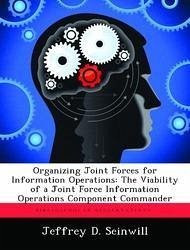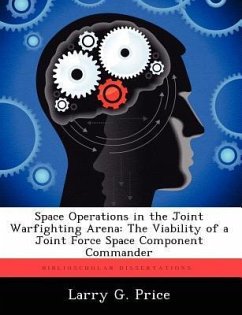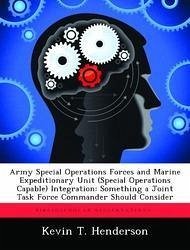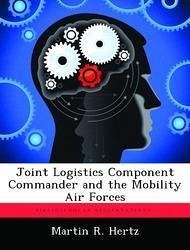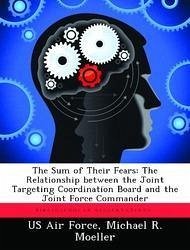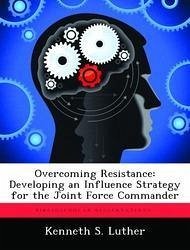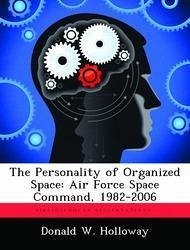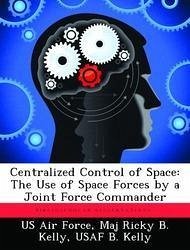
Centralized Control of Space: The Use of Space Forces by a Joint Force Commander
Versandkostenfrei!
Versandfertig in über 4 Wochen
54,99 €
inkl. MwSt.

PAYBACK Punkte
27 °P sammeln!
The purpose of this paper is to determine to what extent and how the joint forces commander (JFC) should control support from space forces. Current Air Force doctrine, as delineated in Air Force Manual (AFM) 1-1, Basic Aerospace Doctrine of the United States Air Force, identifies the joint force air component commander (JFACC) as being responsible for both air and space for the theater. This statement follows the Air Force notion that air and space are an indivisible medium of warfare. On the other hand, Joint Publication (JP) 3-14, "Joint Doctrine; Tactics, Techniques, and Procedures (TTP) fo...
The purpose of this paper is to determine to what extent and how the joint forces commander (JFC) should control support from space forces. Current Air Force doctrine, as delineated in Air Force Manual (AFM) 1-1, Basic Aerospace Doctrine of the United States Air Force, identifies the joint force air component commander (JFACC) as being responsible for both air and space for the theater. This statement follows the Air Force notion that air and space are an indivisible medium of warfare. On the other hand, Joint Publication (JP) 3-14, "Joint Doctrine; Tactics, Techniques, and Procedures (TTP) for Space Operations," states the Operations Directorate, J-3, on the supported commander's (the JFC's) staff functions in this role. Centralized control, similar to air, may have beneficial effects that allow joint commanders to take better advantage of space forces' full potential. This study concludes by offering recommendations.




